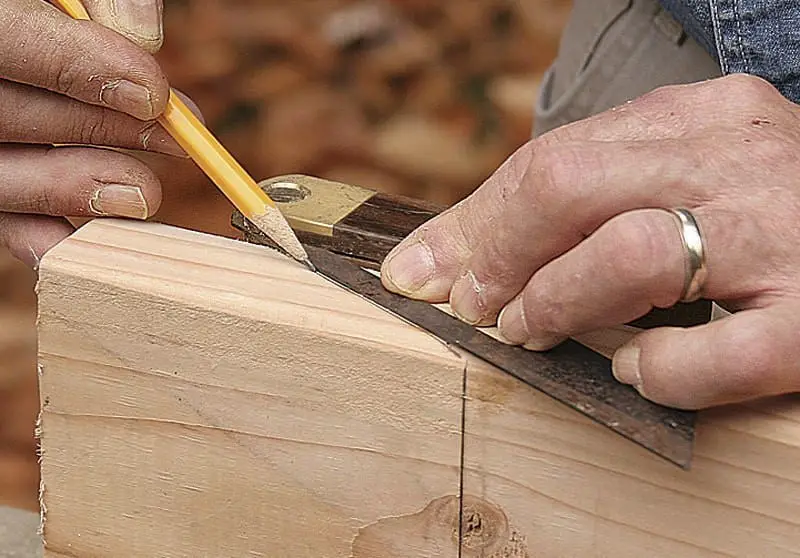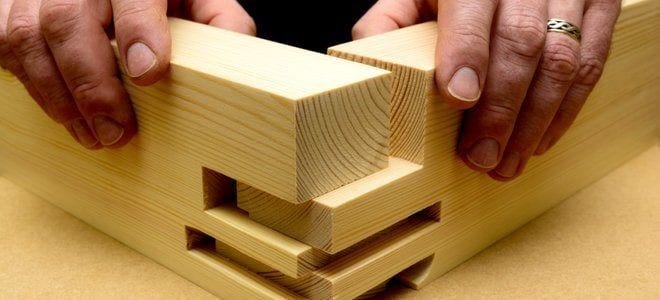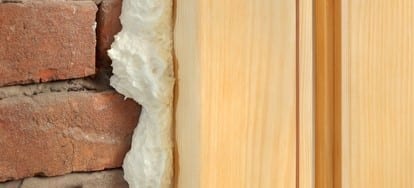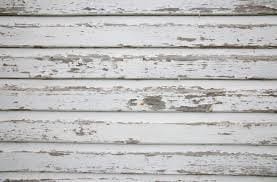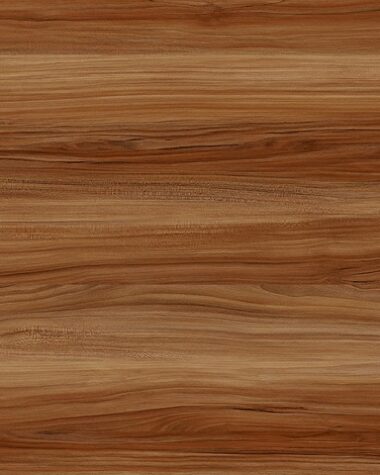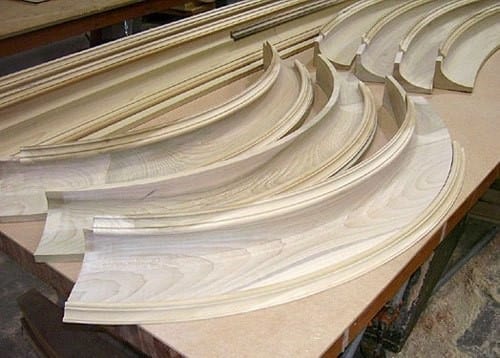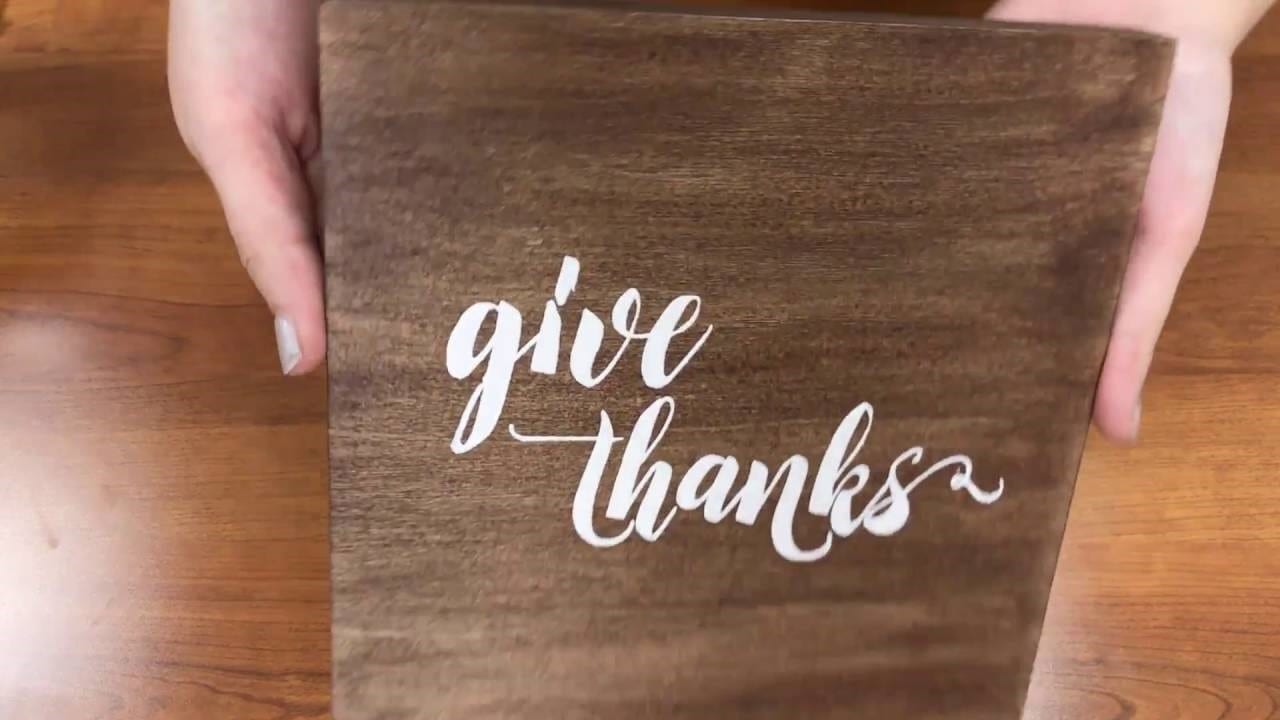Creating an angle on wood is usually referred to a miter cut. A miter saw is the kind of saw that will let you cut at an angle. Another name for a miter saw is a chop saw which is a circular saw that’s mounted on a frame and can make angle cuts between 45 and 90 degrees. You can also find more professional compound -miter saws can which will allow you to cut more angles and for cutting bevels.
Cutting angles with a miter saw
When it comes to cutting angles in wood, miter saws are the most commonly used tool. You can also use miter saws for cutting other materials like plastic and acrylic. Miter saws are portable and you can actually take a miter saw with you to the field or to anywhere you need to work. Miter saws should be handled with care because the blades are sharp. You must also wear protective clothing like goggles, gloves and a face mask when using a miter saw.
Things you will need
- Miter saw, miter box
- Wood pieces
- Hand saw
- Tenon saw
- Sharp pencil
- Marking knife
Here’s how to cut angles using a miter box:
1) Prepare the miter box
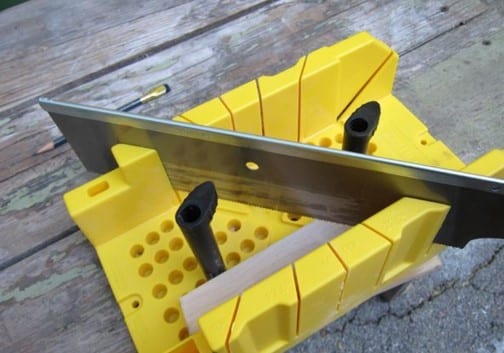
Source: https://makezine.com/projects/make-straight-wood-cuts-with-a-miter-box/
Place the first piece of molding in the miter box to hold it in place.
Place the saw in the appropriate slots and set the angle.
2) Cutting wood with a miter box
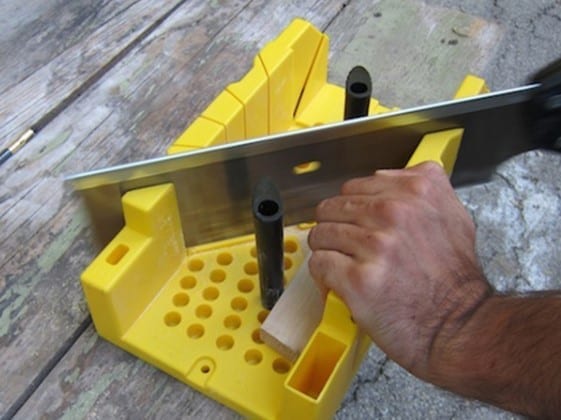
Source: https://makezine.com/projects/make-straight-wood-cuts-with-a-miter-box/
Cut the first piece of wood using the miter box. Now place the second piece of wood in the miter box and hold it in place. Place the saw in the slots, so that the second cut will match the first one you made.
Cut the second piece of wood. The two moldings should fit neatly together.
Keep in mind that you must always measure twice but cut once. Work on your cuts slowly, otherwise your cuts will not be precise and the corners will not be able to fit together.
Cut without using a guide
Another way of cutting timber is to just cut by eye. This is a fast and easy way to cut angles without the need to be accurate. But unless you have a good eye and have become skilled from cutting wood for many years, the results may or may not be that accurate.
1) Creating a mark on the wood
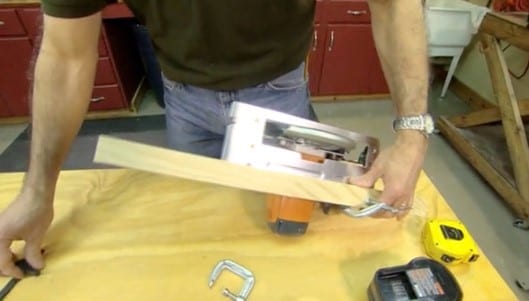
Source: https://www.todayshomeowner.com/video/how-to-make-perfect-crosscuts-and-rip-cuts-with-a-circular-saw/
Create a mark. Use a sharpened pencil to create a thin marking line on the wood. Use a carpenter’s square to make a right-angled mark across the wood. You can also use an engineer’s square or a triangle.
2) Cut with a handsaw
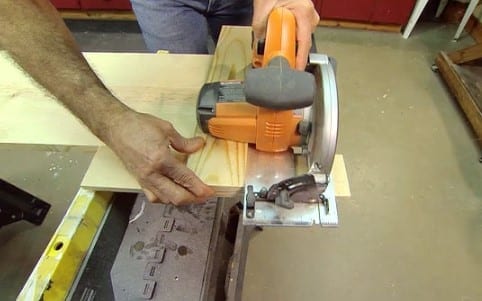
Source: https://www.todayshomeowner.com/video/how-to-make-perfect-crosscuts-and-rip-cuts-with-a-circular-saw/
Mark the vertical sides. Continue to mark the two vertical sides of the wood. Secure the wood and cut with a handsaw. Use a vice to hold the wood as you work. You can use a low table, Black and Decker Workmate or any working table. Use the pencil lines on the vertical surfaces as guides while sawing. Keep the saw blade straight.
Using a tenon saw
Compared to a hand saw a tenon saw is shorter and is less cumbersome to cut wood with. It also has smaller teeth which reduce the possibility of tearing or chipping the ends of wood fibers. It has a rigid spine that prevents the blade from curving and warping too much as you make the cut.
When cutting, position the blade and teeth of the saw to cut along the waste side of the pencil line than cutting along the center of the line. The slight error in length because of the kerf of the saw when cutting on the center of the pencil line, can cause a greater error.
Using a marking knife
A pencil is ideal for rough work but a marking knife never becomes blunt and creates a fine line. This will let you produce more accurate results especially when you are working on joints. You will be able to make one by cutting a 45-degree angle using a dinner knife with an angle grinder. You may also use a Stanley knife, however, it is mostly easier and more efficient to use a long-bladed flexible knife so you can reach tight spaces.
Conclusion
Cutting angles in wood is easier to do when you have the most efficient tools. You can make precise angles by using a miter saw, a marking knife, a tenon saw and more. But no matter what you choose, be sure to keep safe when working with hand and power saws for any kind of project.
